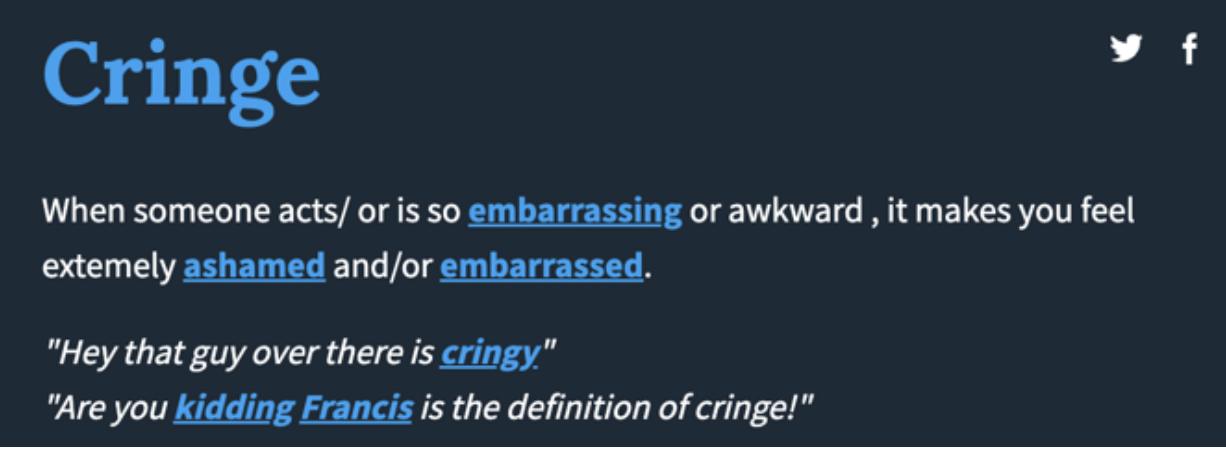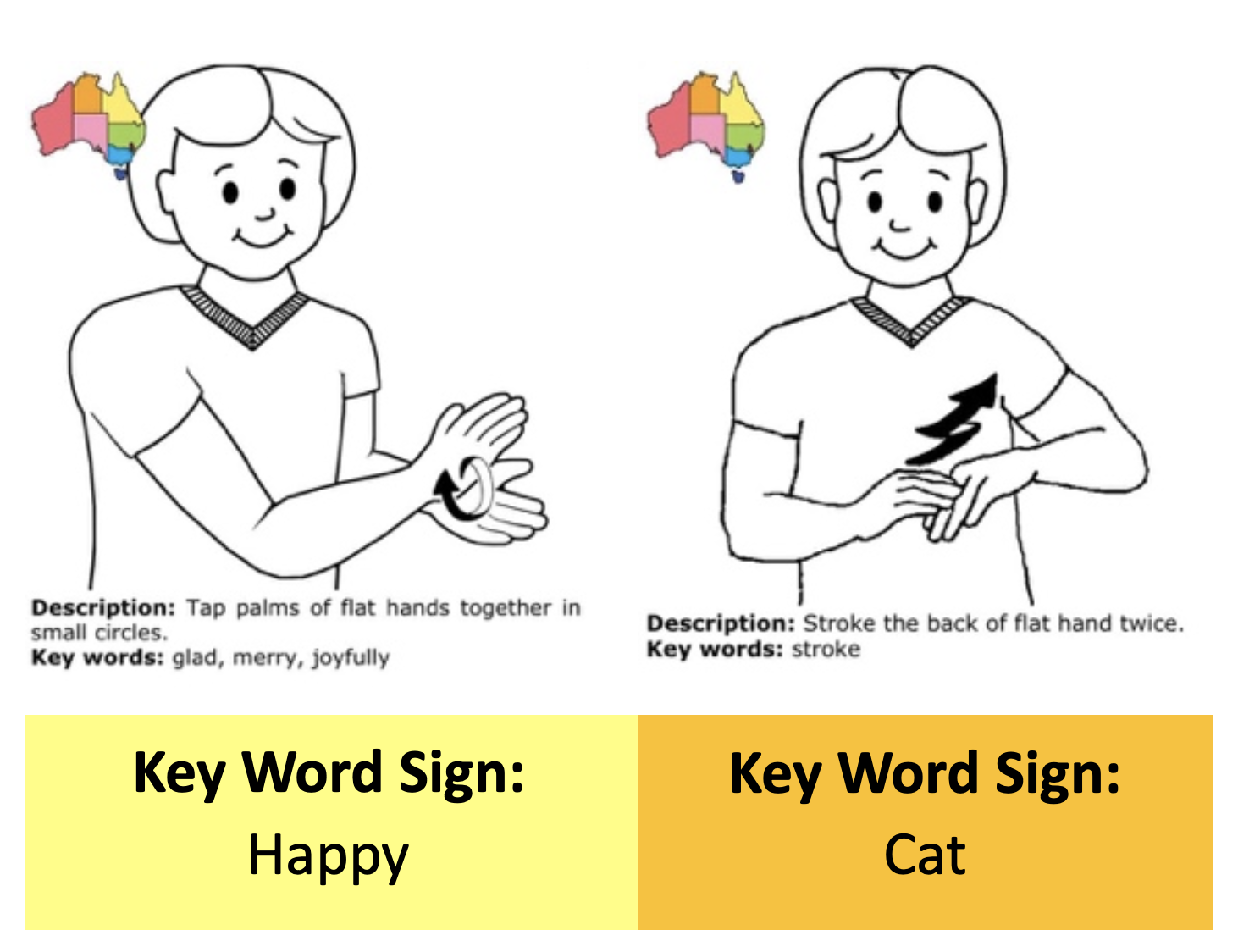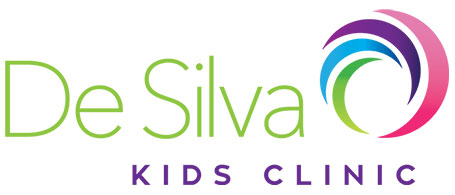 You may ask yourself, “Well, what does it mean to create an environment that is rich in language?”. Let us unpack this with another question. What is language? Language is more than words. It is a socially shared system that goes beyond words. It is adaptive, generative, and multimodal. Think about it. If you were to search “new words in the dictionary 2023”, a list of words would appear. How else can we stay up to date with all these new words that kids are using these days? Otherwise, we would be termed pretty cringey when we use these new slangs incorrectly. You see what I did there?
You may ask yourself, “Well, what does it mean to create an environment that is rich in language?”. Let us unpack this with another question. What is language? Language is more than words. It is a socially shared system that goes beyond words. It is adaptive, generative, and multimodal. Think about it. If you were to search “new words in the dictionary 2023”, a list of words would appear. How else can we stay up to date with all these new words that kids are using these days? Otherwise, we would be termed pretty cringey when we use these new slangs incorrectly. You see what I did there?
Language is the core of social communication. We attribute meaning to what is communicated. But this meaning is arbitrary. It is learnt. It is conventionalised. You need to learn the pairing of the language used and its meaning to effectively understand it and use it. For example, when I say the word “apple”. How do you know what it is that I am referring to? Well, it is because you have learnt and seen what this object is. You know that it can be red, green, or pink, that it is a fruit and so on. You had to learn this word in order to be able to use it and understand it. Without language, how would we be able to do all things important? How would I be able to order my morning coffee if I could not effectively use language to communicate? Or if you did not know what the word coffee means! For all my coffee lovers, let me answer this for you, IT WOULD BE DISASTROUS!
Even the ability to understand words from other languages work under this learning principle. I have an Eastern European background but was born here in Australia. How did I become bilingual? I was exposed to both languages in an environment that was rich with language. I was able to hear words used in context which allowed me to extract their meanings.
Like I said previously. This learning is not limited to the learning of words. Sign language (e.g., Auslan) and other forms of gestural communication (e.g., Key Word Sign) are inclusive of this concept. Their beautifully intricate and specific hand, finger and arm movements all work to hold meaning. Without having this shared understanding, its functionality and effectiveness would crumble, and so would spoken language.
Regardless of whether you use spoken language or gestural communication or even a combination of both, it would become frustrating if the way we communicated was not understood by a listener. For example, children who are non-verbal are more likely to become frustrated because their means of communicating through sounds alone, is not understood by the listener.
We can foster our children’s language development through providing a language rich environment. This can be done in the following ways:
1. Let the child lead you: When you are engaging in play with your child, let them be in control. I am not saying that you should let them make a mess of the house just because they are “in control”. What I mean is for you to let them lead you during play. You are still the parent/ guardian. Getting them to brush away their morning breath or to put their dishes in the sink are still important routines that you as a parent/guardian need to keep implementing. These routines in themselves offer great language exposure to a wide variety of words that they get to here repeatedly! After all, this is what we want. We want repetition.
But, with regards to play, let your child guide you and show you what they enjoy. If they continuously want to engage with the same toy, then let them! Again, language exposure is all about repetition. So, the activity being used to promote development is not confined to one specific way where it constantly needs to be different. It may seem tedious when the activity and the words being used are repetitive, but this is the best exposure. Singing nursery rhymes such as Twinkle, twinkle little star or Old McDonald are all repetitive and follow a pattern. But how did you learn these songs? Through repetition. So, when exposing your child to the same words, and pairing it with the correct object or action, this increases their awareness that words hold meaning and will begin to build their understanding.
2. Use of Key Word Sign (KWS) alongside spoken language: Using both forms of communication is an extremely effective way of enhancing a child’s exposure to language. It provides non-verbal children a means to communicate when spoken language is still developing. It reduces communication related frustrations as the child is still able to request and communicate their wants and needs through KWS. But this strategy is not limited for children who are non-verbal. Typically developing children can also be exposed to and use this form of communication. It is similar to being exposed to a second language. KWS is like another language, just it involves gestures. So, what is the harm of teaching children another language?
3. Provide time/ Pause to encourage responses: This strategy provides children with the opportunity to have an attempt at saying a word or sound. Like I said previously, repetition is always key. Ideally, provide a 5 – 10 second pause to allow the child time to respond. If the child does not, that is ok! They are still learning. In this instance, then you would complete the ending to provide the child the full sentence or phrase. For example:
- Ready – Set (Pause) Go!
- What colour is this ball? (Pause) Blue. The ball is blue.
The below link shows an amazing example of what repetition can do and how pausing is so powerful!
https://www.facebook.com/watch/?v=913688659422590
4. Parallel talk AND Self-talk: These techniques help to model language. By this I mean that they help children to put names to objects, feelings and sounds while also providing early exposure to the grammatical correctness of how words are used to form sentences. Examples include the following:
- Parallel Talk: Talking about what THE CHILD is doing, hearing, seeing, or feeling.
- Examples:
- “You are drawing”.
- “The sun is yellow”.
- “You are brushing your hair”.
- “Push the boat”
- “You are wet”.
- Examples:
- Self-Talk: Talking about what YOU are doing, hearing, seeing, or feeling.
- Examples:
- “I am cooking”.
- “I am drinking water”.
- “I am putting apples in the bag”.
- Examples:
The bottom line is that language provides us with the opportunity to imitate, interact, listen, and respond with intention. It is not just defined as the words that we use, but also the connections and exposures required to help shape its use in a way that is understood by others (i.e., verbally and/or gesturally). Therefore, it is important to maximise the ways that we provide children with the opportunity to hear, contribute and respond to language.
Written by Natalie Pavlovska, Allied Health Assistant at De Silva Kids Clinic.

